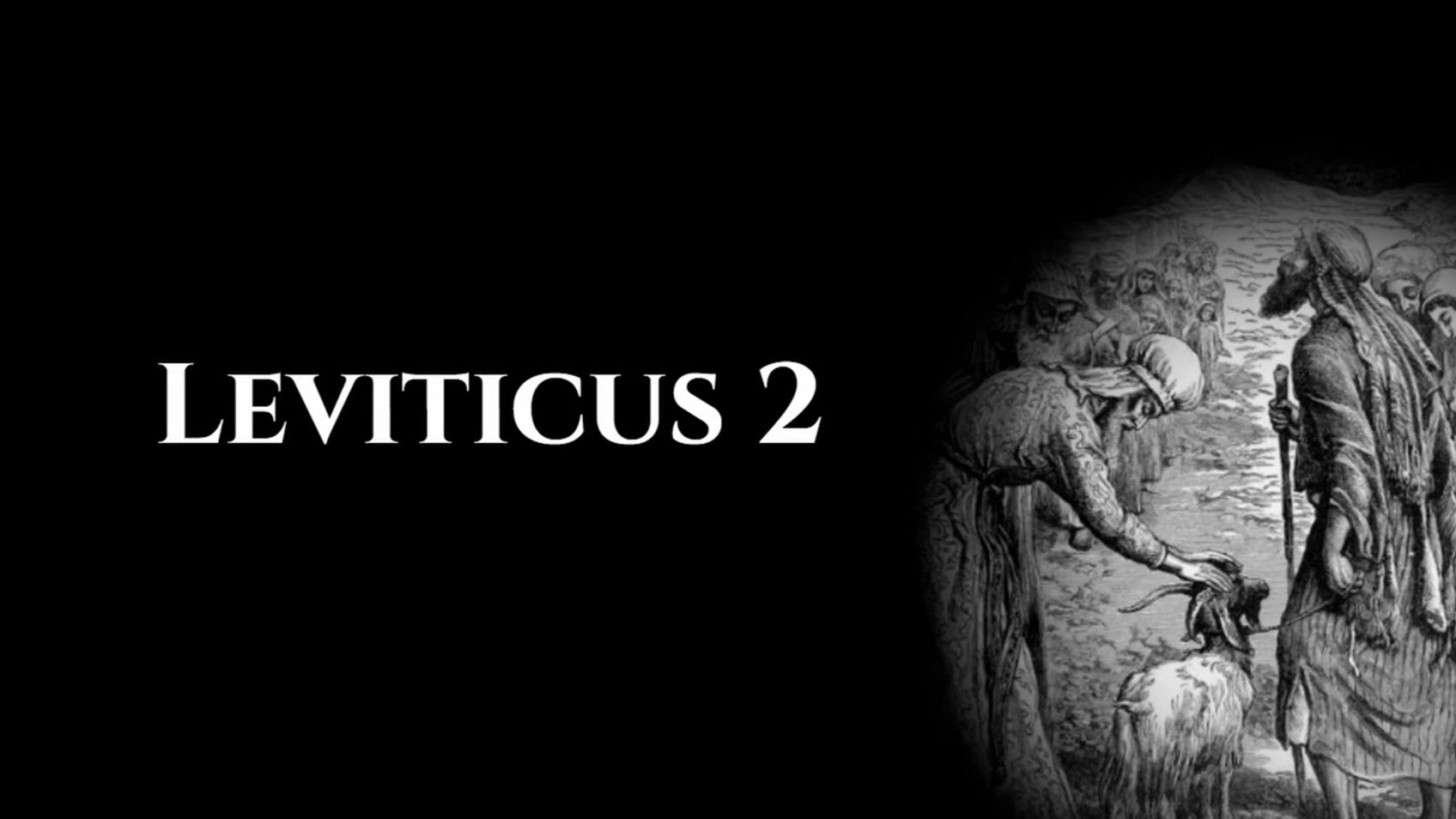Leviticus 2
April 5, 2022

Alastair Roberts
The Tribute Offering.
My reflections are searchable by Bible chapter here: https://audio.alastairadversaria.com/explore/.
If you are interested in supporting this project, please consider supporting my work on Patreon (https://www.patreon.com/zugzwanged), using my PayPal account (https://bit.ly/2RLaUcB), or buying books for my research on Amazon (https://www.amazon.co.uk/hz/wishlist/ls/36WVSWCK4X33O?ref_=wl_share).
You can also listen to the audio of these episodes on iTunes: https://itunes.apple.com/gb/podcast/alastairs-adversaria/id1416351035?mt=2.
More From Alastair Roberts
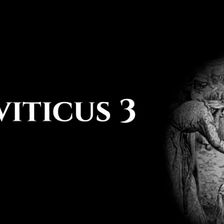
Leviticus 3
Alastair Roberts
April 6, 2022
The Peace Offering.
My reflections are searchable by Bible chapter here: https://audio.alastairadversaria.com/explore/.
If you are interested in sup
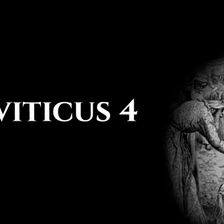
Leviticus 4
Alastair Roberts
April 7, 2022
The Purification Offering.
My reflections are searchable by Bible chapter here: https://audio.alastairadversaria.com/explore/.
If you are interested

Leviticus 5
Alastair Roberts
April 8, 2022
The Reparation Offering.
My reflections are searchable by Bible chapter here: https://audio.alastairadversaria.com/explore/.
If you are interested i
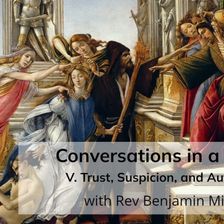
Conversations in a Crisis: Part V: Trust, Suspicion, and Authority (with Rev Benjamin Miller)
Alastair Roberts
March 31, 2022
Faced with our challenge of remaining faithful within and addressing our various contemporary societal crises with wisdom, Christians and churches are
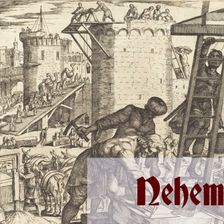
Nehemiah: Chapter-by-Chapter Commentary
Alastair Roberts
March 30, 2022
*CONTENTS*
00:00:00 - Chapter 1: Nehemiah Receives News From Jerusalem
00:07:43 - Chapter 2: Nehemiah Goes to Judah
00:15:25 - Chapter 3: Rebuilding t

Nehemiah 11
Alastair Roberts
March 29, 2022
Solving the problem of Jerusalem's underpopulation.
My reflections are searchable by Bible chapter here: https://audio.alastairadversaria.com/explore
More on OpenTheo

How Can I Showcase God’s Goodness When I’m Struggling in My Suffering?
#STRask
September 8, 2025
Questions about how to showcase God’s goodness when we’re really struggling in our suffering, an explanation of God’s response at the end of the book

Could the Writers of Scripture Have Been Influenced by Their Fallen Nature?
#STRask
October 23, 2025
Questions about whether or not it’s reasonable to worry that some of our current doctrines were influenced by the fallen nature of the apostles, and h

Did God Create Us So He Wouldn’t Be Alone?
#STRask
November 3, 2025
Questions about whether God created us so he wouldn’t be alone, what he had before us, and a comparison between the Muslim view of God and the Christi
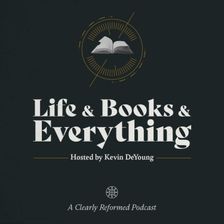
Protestants and Catholics: What’s the Difference? With Chad Van Dixhoorn, Blair Smith, and Mark McDowell
Life and Books and Everything
November 26, 2025
How should Protestants think about the Catholic Mass? About the Eucharist? About the history and development of the papacy? In this panel discussion,

The Boys Are Back in Town with Justin Taylor and Collin Hansen
Life and Books and Everything
September 1, 2025
It’s been a long time since the last LBE episode—too long some (i.e., our mothers) might say. But after a summer hiatus, the three amigos are back in
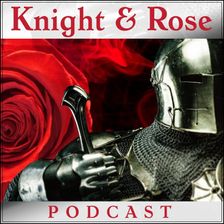
Corey Miller: The Progressive Miseducation of America
Knight & Rose Show
September 27, 2025
Wintery Knight and Desert Rose welcome Dr. Corey Miller to discuss The Progressive Miseducation of America. They examine how universities promote scie

Since Most People Are Wrong When They Make Supernatural Claims, Why Didn't God Do Better?
Risen Jesus
September 17, 2025
Dr. Matthew McCormick, a philosophy professor at California State University, Sacramento, doesn’t believe that there is satisfactory historical eviden

Should I Leave a Church That Refuses to Preach on Divisive Topics?
#STRask
August 21, 2025
Questions about leaving a church with biblical theology because they refuse to preach on divisive topics, whether it’s okay to write an apologetics bo

Should I Pray for Protection for Persecuted Christians When God Might Want Them to Be Martyrs?
#STRask
September 4, 2025
Questions about how to pray for persecuted Christians in light of the fact that God wills that some will be martyrs, and how persecuted Christians who

How Could the Similarities Between Krishna and Jesus Be a Coincidence?
#STRask
October 9, 2025
Questions about how the similarities between Krishna and Jesus could be a coincidence and whether there’s any proof to substantiate the idea that Jesu

When I Can’t Stop Thinking About Something, Is That God Speaking?
#STRask
December 1, 2025
Questions about whether having a recurring thought is an indication God is speaking to you, what to say to someone who says they sinned because “God t

What Are Some Good Ways to Start a Conversation About God with Family Members?
#STRask
October 30, 2025
Questions about how to start a conversation about God with non-Christian family members, how to keep from becoming emotional when discussing faith iss

How Do We Advocate for Christian Policy Without Making the Government Interfere in Every Area of Life?
#STRask
November 20, 2025
Questions about how to advocate for Christian policy without making the government interfere in every area of life, and the differences between the mo

Should You Believe Things You Can’t Fully Comprehend?
#STRask
September 25, 2025
Questions about whether you should believe things you can’t fully comprehend, whether it’s just an arbitrary escape hatch to say God doesn’t require a

Mike Takes on World Ranked Debator on the Topic of Jesus' Resurrection from the Dead
Risen Jesus
August 27, 2025
Dr. Shane Pucket was ranked the 32nd best debater in the world in 2012. That year, he faced off against Dr. Michael Licona at Monroe Baptist Church in
